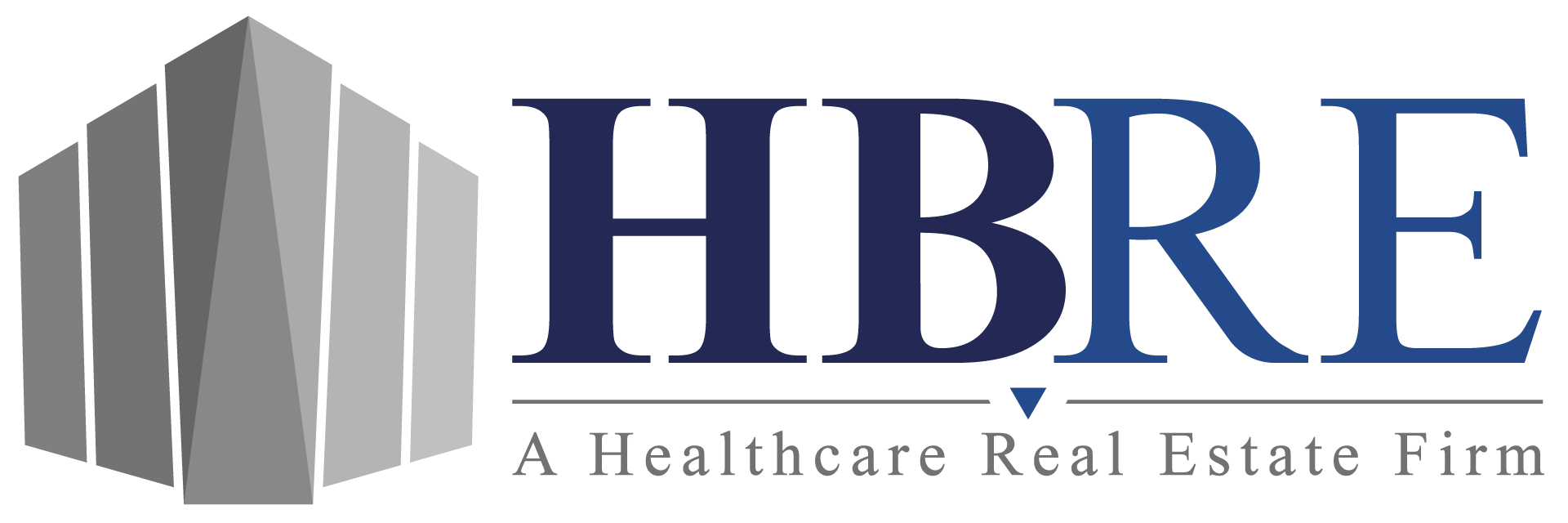Real estate plays a significant part in establishing a more effective, practical, and accessible healthcare system. And as the need for medical office buildings rises due to rapid industry growth, real estate investors, healthcare decision-makers, and owners alike should make it a priority to understand the key differences between medical real estate and other commercial real estate tenants.
Let’s review three ways medical real estate is different from other forms of commercial real estate.
Co-Tenancy
Co-tenancy brings together homogenous businesses in a single building or location. This can lead to an increase in business for all tenants or to increased competition.
The access, convenience, and visibility offered by a co-tenancy medical real estate property can be attractive to many practice types that desire to grow their business through referral relationships. For example, if an OBGYN is located in the same plaza as a pediatrician they are likely to pass business to one another. On the other hand, if you have two of the same practice types in one location they will likely be competing for the same patients.
Feelings toward this matter are unique to each practice, and practice managers or owners should research a building’s current tenants and consider if exclusivity or co-tenancy is relevant to their business before signing a lease.
For owners and landlords, coordinating these types of relationships or tenant situations may be difficult. Outside of managing the tenant makeup of the building, owners may also face issues related to anchor tenants, or tenants that drive a large portion of the traffic to the location. Tenants may request a co-tenancy clause that states that if an anchor tenant vacates the property, they may be entitled to break their lease or see a reduction in rent.
Amenities & Priorities
The amenities that healthcare tenants are looking for may be different than what traditional commercial tenants are interested in, and desired amenities may even vary between healthcare tenants based on practice type. While some of the basic needs remain the same, such as accessibility, visibility or signage, and maintenance conditions, there will be a varying degree of priority for each of these depending on the type of tenant.
Other amenities important to better understand by client type are the need for parking, foot traffic, lighting, and area demographics.
Stability & Growth
Real estate plays an essential part in providing care to patients. While the performance of other asset classes generally fluctuates with the economy, medical real estate performance is more closely tied to the growing need for healthcare services. As the population ages, our need for medical care will only increase, and in turn, medical office properties will be in even higher demand.
In addition to the growth potential, medical real estate has a high level of stability as medical office tenants tend to remain in place for extended periods. Many factors may influence this decision such as the up-front investment required to create a welcoming environment for patients or the desire to avoid losing patients due to relocation. No matter the reason, longer tenancy results in more stable, longer-term leases with reliable cash flow for owners.
About HBRE
Headquartered in Nashville, Tennessee, HBRE is a full-service commercial real estate firm specializing in healthcare real estate. With over 50 years of combined industry experience serving 28 states across the U.S., we deliver exclusive healthcare solutions so you can provide the best patient care.
If you have any questions about leasing, buying, or selling a commercial property in Nashville or beyond, connect with our team today.




